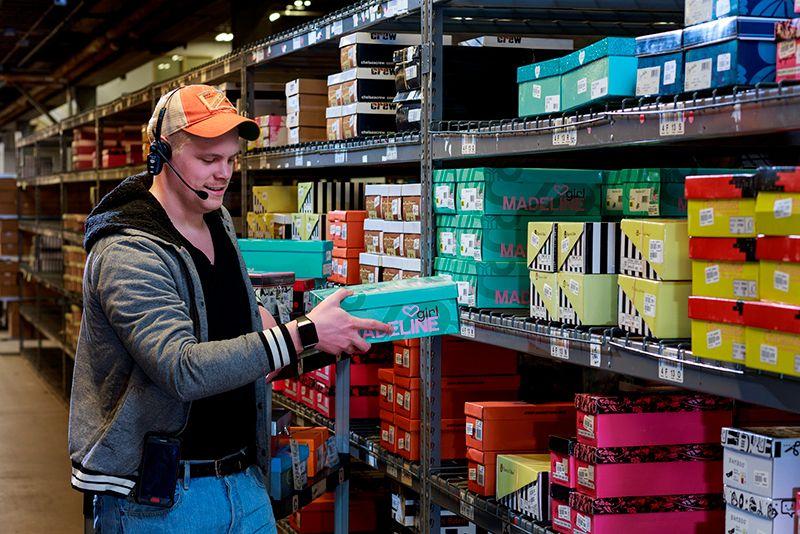By James Hart, Business Development Manager, EMEA, Lucas Systems
The practice of slotting in the warehouse refers to determining the optimal placement for every item. The understanding of slotting and its inherent advantages can be somewhat obvious, but optimising it can be a constant challenge due to the incredible number of variables, dependencies and layers of complexity. Let’s look at the root causes of some of that complexity and then explore how applying machine learning and AI can be the perfect solution.
 The Challenges of Improving Slotting
The Challenges of Improving Slotting
Proper product slotting enhances labour productivity, DC throughput, and order accuracy. But doing it well hasn’t been easy. Optimal placement of products within the warehouse, or slotting, has a significant impact on all the warehouse key performance indicators – productivity, shipping accuracy, inventory accuracy, warehouse order cycle time, and storage density. Yet, typical warehouses have fewer than a third of items located in optimal locations. This includes those that put effort into slotting via spreadsheet calculations and even slotting software packages. How could this be?
The answer is that slotting is a very difficult problem to solve with traditional approaches. It is both what’s called a combinatorial optimisation problem (many input factors to consider) and a multiple objective optimisation problem (many goals, sometimes competing). On top of that, there are typically thousands of products and slots involved. All this adds up to the fact that we have a complex problem with a very large set of possible answers. This is the kind of problem that AI excels at solving and the kind of problem that traditional approaches struggle with.
Machine Learning in the Slotting Process
But AI can bring more to the table than better slotting results. For example, it can lower implementation costs as it does not require a detailed CAD drawing of the warehouse, as is the case with traditional slotting software. Instead, with AI-based slotting solutions the spatial characteristics and travel time predictions can be automatically learned based on machine learning and activity-level data generated by modern work execution systems.
Although there will be some variability, in most cases AI-based slotting can deliver 10-20% labour cost savings. That is in addition to a 1-5% improvement in accuracy. Finally, AI drives advanced machine- learning algorithms to recommend the best locations for your inventory based on SKU velocity, SKU affinity, product/slot information, pick paths and other data, bringing a 20-40% increase in throughput.
That’s a powerful case to make for utilising AI in your slotting operations. Better yet, the model adapts to your DC and evolves as conditions change, providing continuous optimisation.
To get a more in depth understanding of AI and the benefits it can provide in your operation, check out our Achieve Your AI Potential white paper.
About Lucas Systems
Lucas Systems helps companies transform their distribution centre by dramatically increasing worker productivity, operational agility, and customer and worker satisfaction using voice and AI optimisation technologies.




Comments are closed.